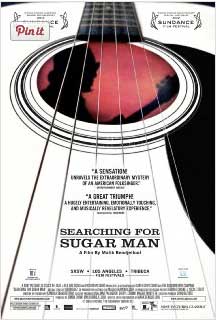Super 8 film lab
Super 8 film lab.
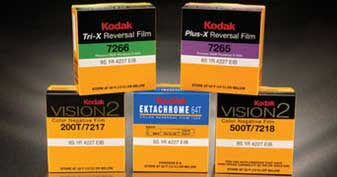
Super 8 was once the filmmaking format for millions, home-moviemakers and experimental artists alike. But it hasn’t disappeared; it’s a small yet quietly flourishing niche market, and Daylesford, in regional Victoria, is home to the only dedicated Super 8 lab in the southern hemisphere.
Super 8 is a narrow-gauge film format created 50 years ago. It was popular because it was easy to use, cheap, quick, and aesthetically appealing; the sound quality was good, and when projected it looked much better than the video of the time. But the advent of digital technology changed everything, for the product, for companies that made and processed film, and for people who still wanted to use it.
Super 8 film lab.
Young filmmakers come across the format and like what they see. And feature film and TV directors often want footage with an archival look. Working with Super 8 used in re-enactments, dream and memory sequences, Tuohy says, “is a small but consistent part of what we do”.
Whoever their customers are, very few of them want to run their film through a projector. They ask for processed film and a digital transfer: this allows them to edit, share, upload. There have been attempts to simulate Super 8 – you can buy an app for it, for example – but if the look appeals, and you also want to make something that’s emotionally engaging, Barrie says, you’re better off with the real thing.
For would-be Super 8 users, second-hand camera are easy to find online and relatively cheap. Film stock is harder to source locally; nanolab sells eight different kinds. Some formats have come and gone, but while the demand is there, Kodak is committed to making film available. In the meantime there are smaller companies and labs around the world setting themselves up to be more self-reliant, if Kodak abandons film. Super 8, Tuohy believes, has a future.
In his own practice, he now works mainly in 16 millimetre. “We were interested in Super 8 back in the 80s because it was a way to get high quality images to edit and screen,” Tuohy says. “Now there’s more of a nostalgia tint.”
One of the things that’s still special about the format, he believes, is that it carries the association or memory of experiencing moving images for the first time: of seeing an early image of yourself, or your parents.
Even people who’ve grown up in a digital world “have seen enough images to know that it speaks of a historical moment”. The footage is silent, “and I think that’s kind of exciting for them, it’s different from the constant linking of sound and picture that they’re used to. It takes them somewhere else.”
article source Super 8 film lab
reflecta Super 8 Scanner to HD video
Reflecta Super 8 Scanner.
Allows your Super 8 films (5.78 x 4.01 mm) to digitise quickly and easily. (no Normal 8 films)
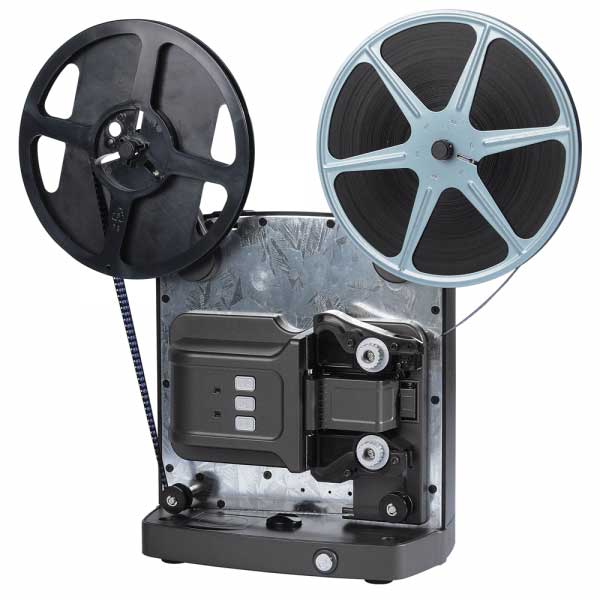
The scanner is connected to the supplied power cable and connected via USB cable to the PC. Then you have to install the included software Cyberview and clamp the roll of film onto the scanner. Ready to go.
The film will be transported automatically and initially scanned frame by frame. Based on the software you can create the film (18 frames/s + 24 frames/s) and save the file as AVI format.
Reflecta Super 8 scanner.
The sales pitch above is from the reflecta website. This super 8 only scanner is a reworked projector for frame by frame scanning.
Reflecta super 8 scanner video.
I have included a youtube video from Daren Glen below showing the short comings
I would like to emphasise that I haven’t actually had any hands on experience with the Reflecta super 8 film scanner. But with reported problems which Include frame skipping, It would appear that the machine needs some further development by Reflector. Before it becomes a reliable Reflecta super 8 film scanner. In the mean time I will be staying with our very reliable and superb Tobin sprocket less super 8 film scanners.
Reflecta super 8 scanner technicial.
Focus |
Fix Focus | |
Image sensor |
CMOS | |
Colordepth |
24 Bit | |
Lamp
|
||
PC-Interface |
USB 2.0 | |
power supply
|
||
System Requirements (PC)
|
||
System Requirements (Mac)
|
||
Weight |
2.7 | kg |
Delivery Content
|
||
www.videoimageprod.co.uk
Straight 8 one super 8 cartridge
Straight 8
Straight 8 is invites people to make a short film using only 1 Super 8 film cartridge. The other rules for Straight 8 are that the film maker cannot edit the Super 8 film.
we believe in doing stuff. get it out. learn. move on. do more.
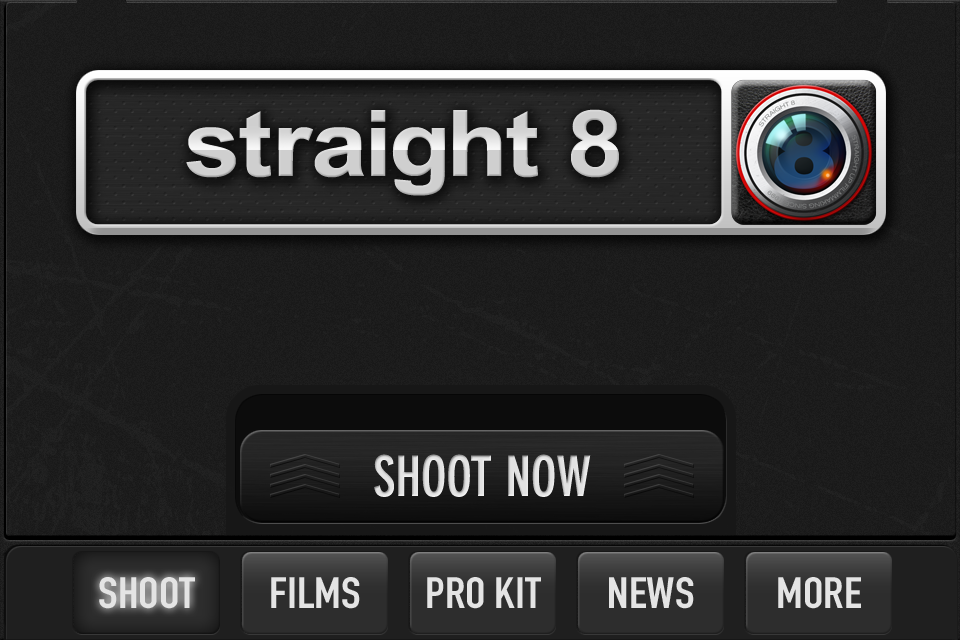
straight 8 began in 1999 when a bunch of people accepted a challenge to make a short turnaround, no budget, three minute film on a single cartridge of super 8 without editing, but with a cinema audience guaranteed.
25 people: directors, producers, runners, d.p.’s, editors, writers, actors, a d.j, a cinema manager and various others braved the challenge. it was bold and it was loose. there was no expectation.
over time straight 8 grew and great things have happened — like our annual event at cannes and screening in great cinemas and even on tv. the experimental spirit is still there but the films started becoming a lot more polished and clever. and more and more people have joined in — close to a thousand straight 8’s have been made now. that’s a lot of stories that might still be in heads or on paper but are now in the can and that makes us smile.
what do we look for?
when asked what we look for when we select films we don’t really know. you don’t know what you’re looking for till you find it. we know they’ve got to entertain and engage the audience. the films we choose — especially for cannes — have a really strong sense of direction. they know what they are and where they’re going. they grab the audience early on and the take them with them, sometimes through twists and turns, but the whole way.
who enters straight 8?
we’re proud of the level playing field that is straight 8. the newbies take on the big boys and girls. and it’s not just filmmakers that play. some of the best straight 8’s have been made by an economist, a heart specialist, a florist.
in 2008 malcolm finlay, a cardiologist from london, entered straight 8 for the second time. well the third. the year before he’d entered twice — against our advice. both his films didn’t make it to any of our screenings. we offered feedback as we do to all films we don’t select. just our opinion but straight up and no holds barred. he took that on board and came to all the london screenings, met the successful filmmakers and in 2008 was phorensic about how to make a great straight 8. check out ‘the last trip’ on this site. it played to cannes and to 1 million viewers after the news on channel 4 in the uk — all without malcolm seeing it first. that really makes us smile. there’s a superb ‘making-of’ too that’s on our 2008 dvd.
don’t say you haven’t got a camera if you mean you haven’t got an idea (yet).
something we hear a lot is — [despondent] ahhh i don’t know where to get a camera. believe us, if you’ve got a good idea for straight 8, talk about it and super 8 cameras will start coming out the woodwork. or the internet.
take your time.
we plan to be here for a very long time. it started as a thing to try, became a ‘monster sideline hobby from hell’, and is now a little self-fulfilling enterprise that keeps one person engaged full time in our secret ‘shedquarters’, in a garden in north london. so if it’s not this year, maybe it’ll be next. and that’s fine. of course, our advice would be do it now. there are always a load of reasons not to do something and about the best reason to do anything is that there isn’t one.
spread the word.
we love the diversity of films we get back to the shed each year. it’s a huge privilege being first to view all this amazing work. the more people who enter from more far-flung places and varied walks of life, the more mind-bogglingly awesome a selection films we get to unleash on the world.
more questions? Please visit the Straight 8 website.
8mm iphone App video footage
8mm iphone App super 8
8mm iphone App
Video above showing footage that I shot of the Tiger Inn at East Dean in Sussex using the 8mm iphone app.
Looking for Sugar Man.
Storyline
In the early 1970s, Sixto Rodriguez was a Detroit folksinger who had a short-lived recording career with only two well received but non-selling albums. Unknown to Rodriguez, his musical story continued in South Africa where he became a pop music icon and inspiration for generations. Long rumoured there to be dead by suicide, a few fans in the 1990s decided to seek out the truth of their hero’s fate. What follows is a bizarrely heartening story in which they found far more in their quest than they ever hoped, while a Detroit construction labourer discovered that his lost artistic dreams came true after all.
This 8mm iphone App came to light when the Searching for Sugarman documentary won an Oscar in 2012. Whilst shooting the documentary the director Malik Bendjelloul found that shooting Super 8 was becoming Increasely expensive.
8mm iphone App
The answer to Malik’s problem came in the form of the Apple 8mm iphone app. This gave Malik the flexabilty to shoot the necessary footage to mimic the 1960’s and 1970’s look and feel for the flash back scenes in the documentary.
The 8mm iphone App

What’s New in Version 2.2
• Support for iOS 8
• Optimized for iPhone 6 and iPhone 6 Plus
• Apply effects to video clips in the Photos app with 8mm extension
• Video clips now can be deleted in 8mm
The user has can choose various settings within the 8mm App which include.
4:3 or 16:9 aspect ratio.
Film looks Include 1970’s, Sakura, Xpro, Noir, 60’s, Peta, Indigo,Tusan, Siena, 1920’s.
HD and SD the app allows you to shoot in HD video and SD video.
Frame rates of 25 and 18 frames per second which is what most 8mm film cameras shot on.
Frame judder. Allows you to press a button on the screen which can judder the frame.
Video tape History VHS
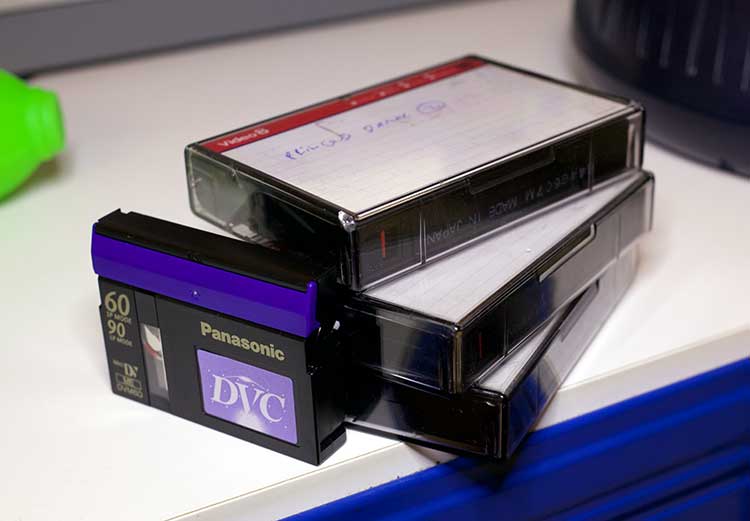
The word video comes from the Latin words “To See”.
What Is Video tape ?
In a nutshell VT is the recording of moving Images onto magnetic tape.
In most cases it uses helical scan heads to read the electronic information magnetically, as well as recording Images.
Analogue and digital.
VT can be used to record digital formats such as Mini-DV, DVCAM or analogue formats such as VHS and video 8.
History of VT.
In 1951 in the USA the BCE company gave the first demonstration of video tape recording but the image quality was very poor.
Broadcast.
The first example of broadcast video came in 1956 with Quadruplex machines. The one draw back with this system was its inability to freeze the picture.
Domestic market.
In 1971 Sony released a VCR cassette recorder based on a format called U-Matic.
Betamax
1975 saw Sony launch the Betamax format.
VHS In the following year of 1976 JVC launched VHS and the rest is history.
End of an era.
By the late 1990’s DVD was already putting the nail in the coffin of VHS. With its superior resolution and noise free picture DVD was destined to replace the VHS format.
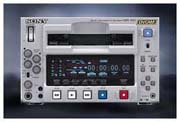
Professional.
With the advent of greater storage capacities for solid-state digital media. One would be led to believe that VT is a thing of the past.
Even thou digital media have fallen in price to archive HD video in a solid-state form or onto hard drives is still an expensive business. Also the reliability of hard drives is still no match for the old video formats.
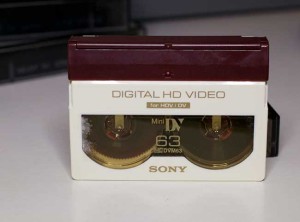
HD formats.
HDV was used to capture HD video using the Mpeg-2 encoding method. It was really the same as Mini-DV.
Sony HDCAM was the biggest seller when it came to HD video tape for the broadcast market and is still used for Television programmes worldwide due to its longevity and reliability.
SD Video Lives: A Q&A with Pat Johnston of AheadTek
